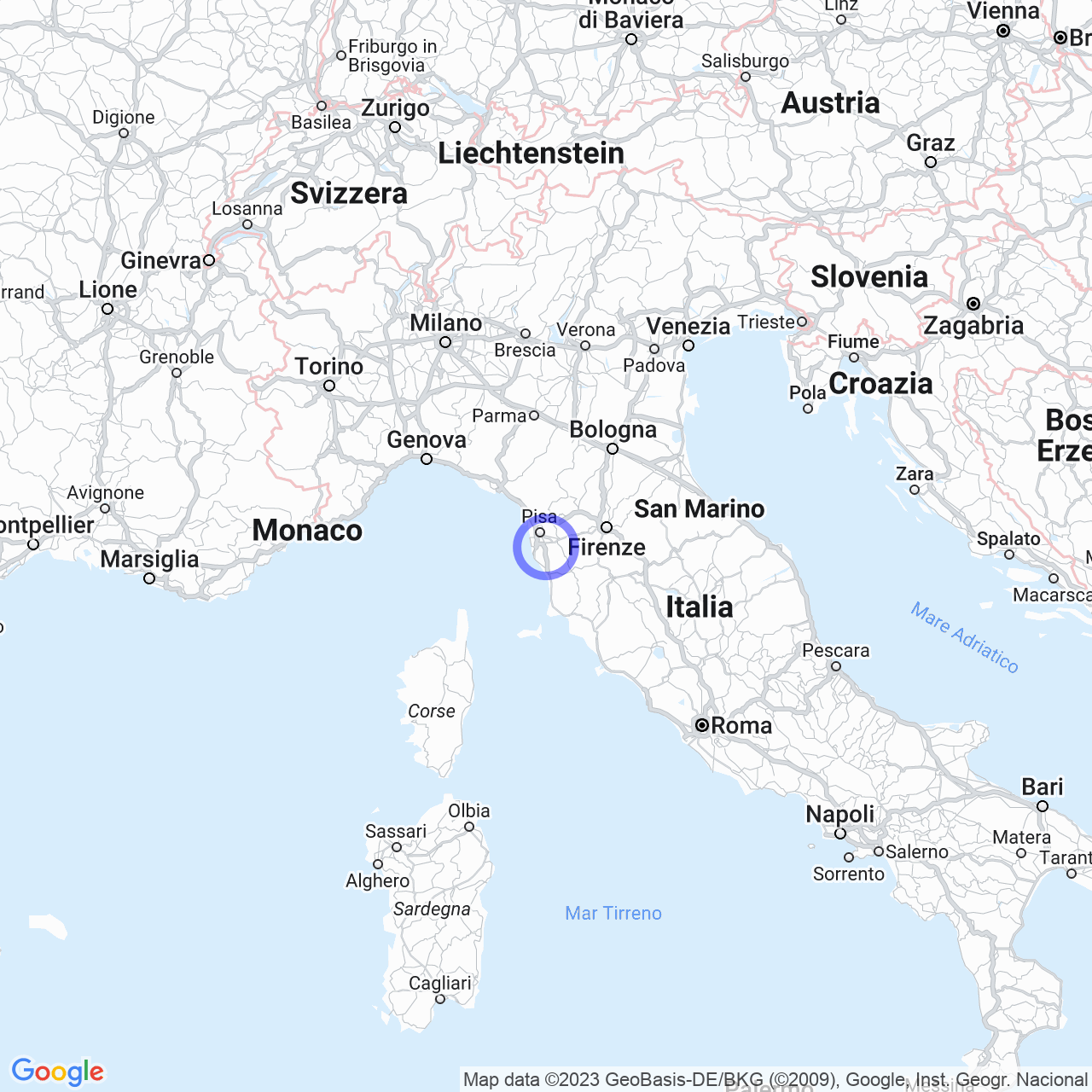Collesalvetti
Discovering the province of Livorno
History of the territory
The province of Livorno is located in Tuscany and is the fifth most populous province in the region. The territory has been inhabited since the Paleolithic era, with the first permanent settlements and agricultural activities dating back to the Neolithic era.

The Etruscan influence
During the Etruscan period, the territories of the current province of Livorno were divided among the cities of Populonia, Pisa, and Volterra. The control of agricultural and mining resources and trade increased the wealth of the dominant aristocracy, who left tombs with rich decorations and princely residences.
Maritime trade relied on a network of ports and anchorages, including Populonia, from which products from the iron mines on the island of Elba were shipped. Trade also allowed for the import of luxury goods, especially from the East, which enriched the homes and burials of the ruling class.
The Roman period
After the conquest by ancient Rome, the flat coastal areas became populated with Roman villas. Besides agricultural production, there was also the production of coastal salt pans and furnaces that produced amphorae, dolia, and bricks.
The ports of Populonia and Vada (Rosignano Marittimo) continued their commercial activities, and the "Portus Pisanus" was added, in a lagoon now buried, currently on the northern outskirts of Livorno. The Etruscan and Roman road system was improved with the construction of the Aurelia road.
The medieval period
After the end of the Roman Empire, the territory of the province was marked by the devastations of the Gothic War and, at the end of the 6th century, was conquered by the Lombards. During the medieval period, the territory of the province was contested between the Republican Pisans and the Florentines, with numerous castles and towers built to defend the territory.
The expansion of the province
The current form and extension of the province of Livorno dates back to 1925 when the already existing administrative unit was extended to the municipalities of the then Pisan Maremma and the municipality of Collesalvetti, traditionally related to the Hills of Pisa.
The current borders of the province
Currently, the province of Livorno borders to the north and east with the province of Pisa, to the south with the province of Grosseto, and faces west on the Ligurian and Tyrrhenian seas. The border between these two seas is located on the promontory of Piombino.
The seat of the provincial administration
The seat of the provincial administration is located in Livorno, in the Grand Ducal Palace (Livorno), in the Livorno Street Directory.
In summary, the province of Livorno is an area of Tuscany rich in history and culture, where you can admire evidence from all historical periods. From the first settlements of the Neolithic era to the Roman villas and the medieval period with its castles and defensive towers, up to the modern borders of the province, the area has always been at the center of important historical events. If you are visiting Tuscany, you should not miss this area rich in history and tradition.
